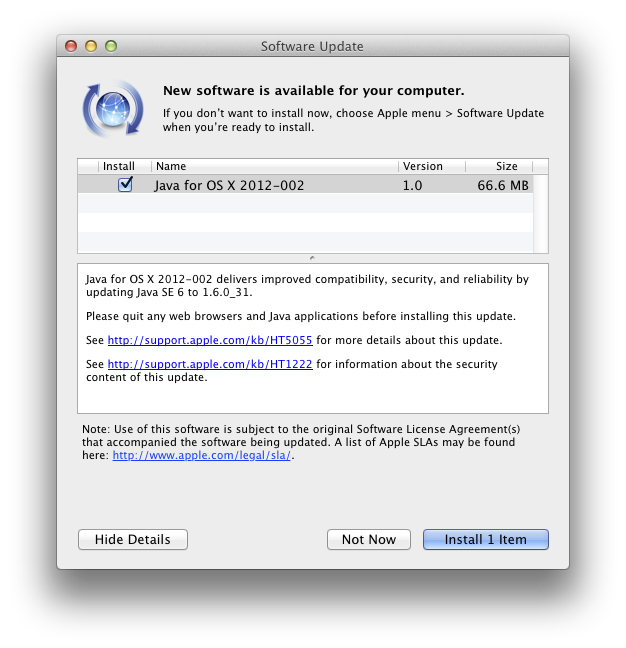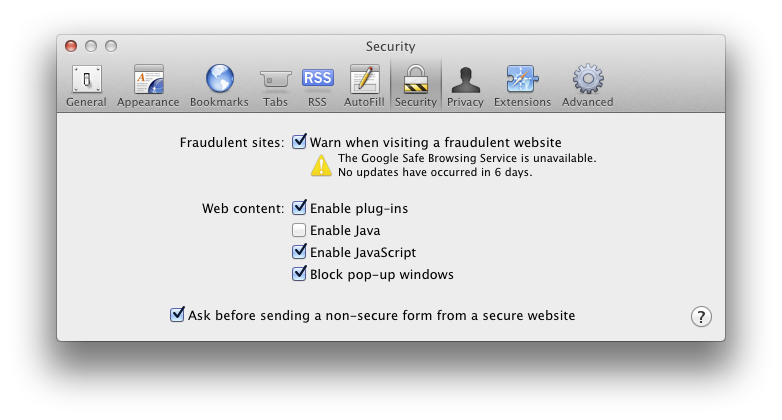After Windows XP
Given that Microsoft is no longer providing security patches to Windows XP, many users have a choice on what to do with these old computers:
1) Upgrade to Windows 7 or Windows 8. Download the Windows 7 Upgrade Advisor from Microsoft to see if your computer can run Windows 7. If it does, you can consider this option.
2) Get a new computer. Most companies upgrade computers every 4-5 years. If you’re running Windows XP, your computer is at least this old. Therefore, money spent on upgrading the computer might be better spent on a new computer that will have all new and improved components. Hard drives eventually die so it is possible that there may not be much life left in the computer.
3) Just keep running XP. While some security analysts are afraid of unknown future attacks that could be coming to XP, other security experts say that this is vastly overblown. The majority of attacks lately have been against applications (Java, Flash, Acrobat) that run on the operating system, not the operating system itself. Take some precautions with this approach. Make sure Windows Firewall is enabled. Run anti-virus software. Because Microsoft isn’t patching Internet Explorer on XP, use a non-IE browser such as Firefox or Chrome. Think about what you use the computer for. If your job depends on the computer, continuing to use XP is more risky than if you are just using it as a kids play computer.






